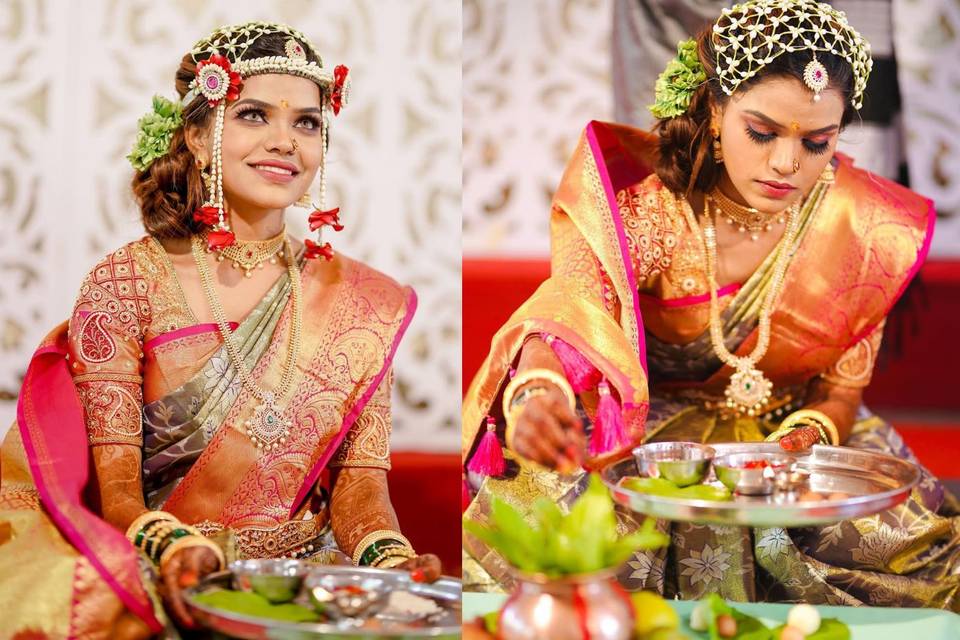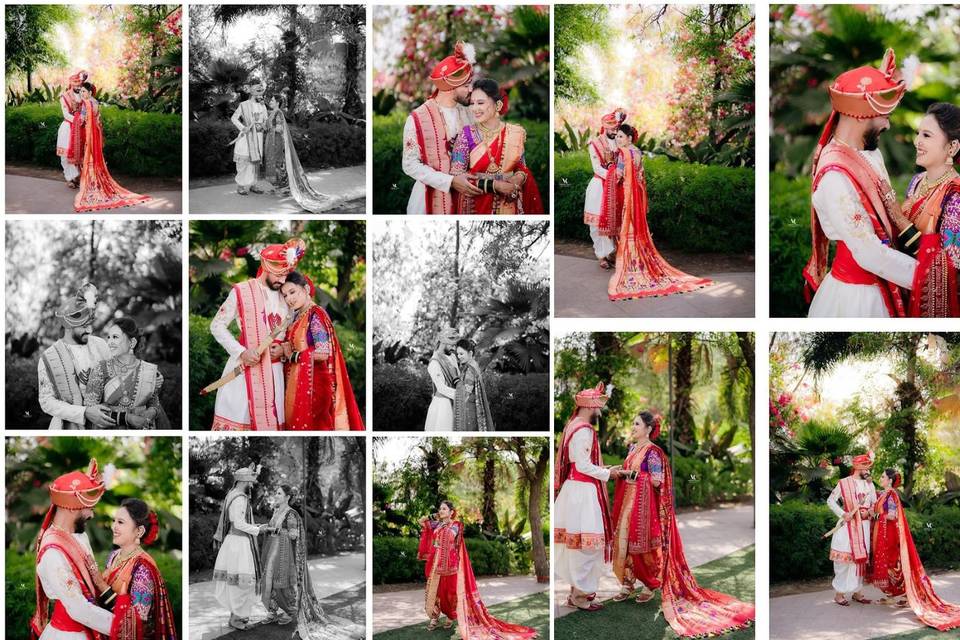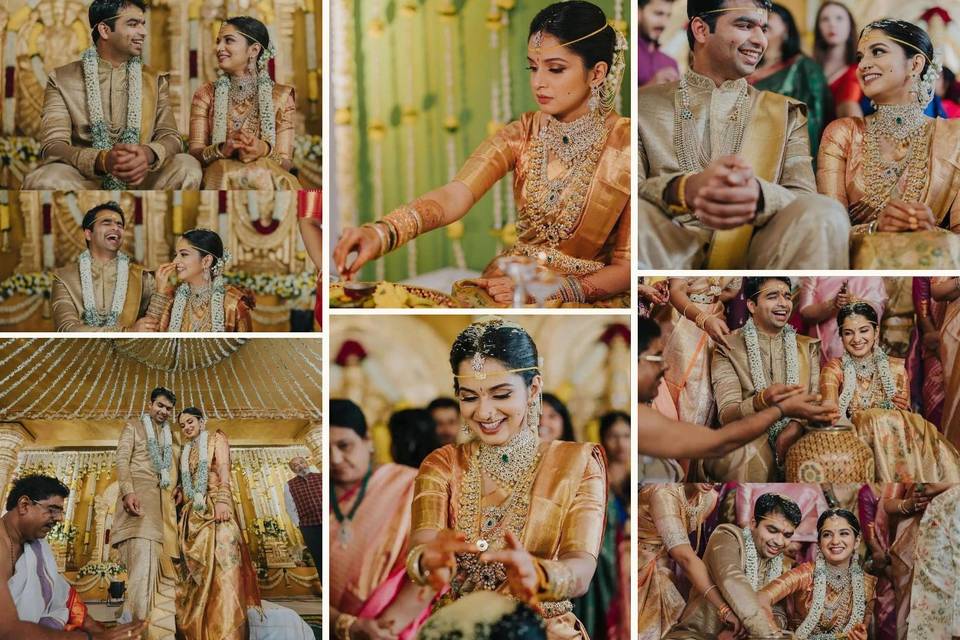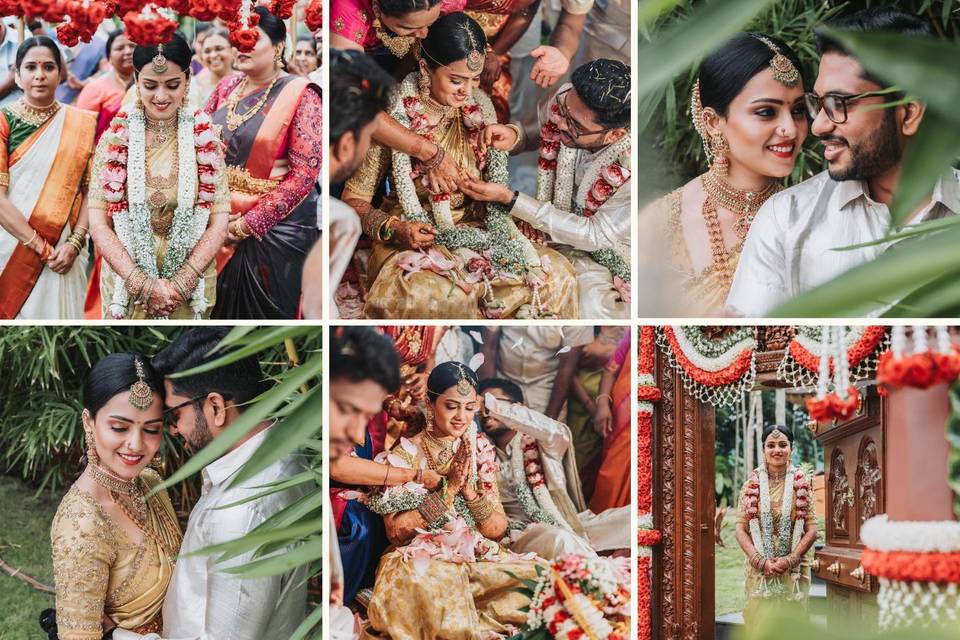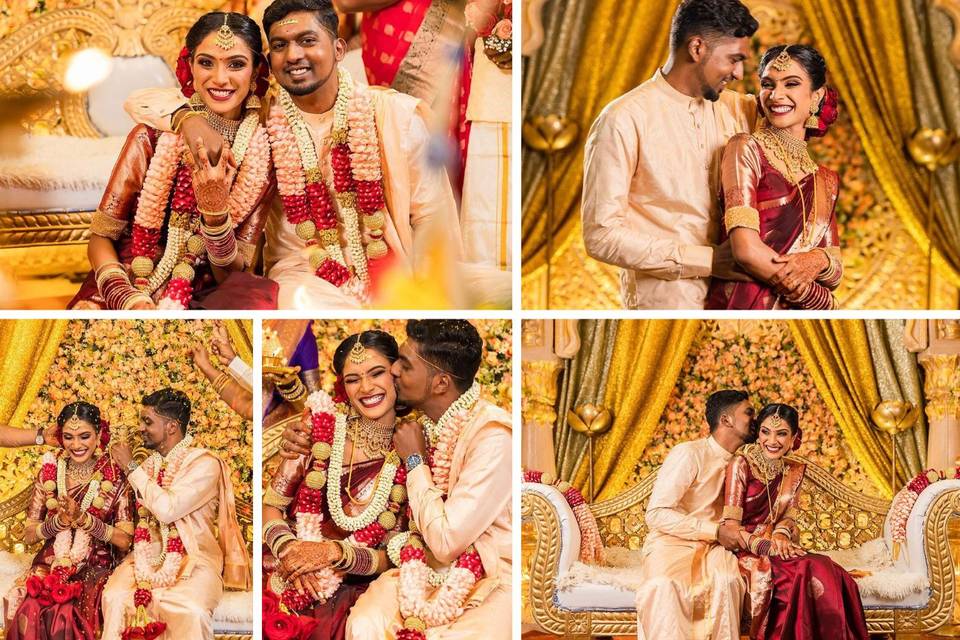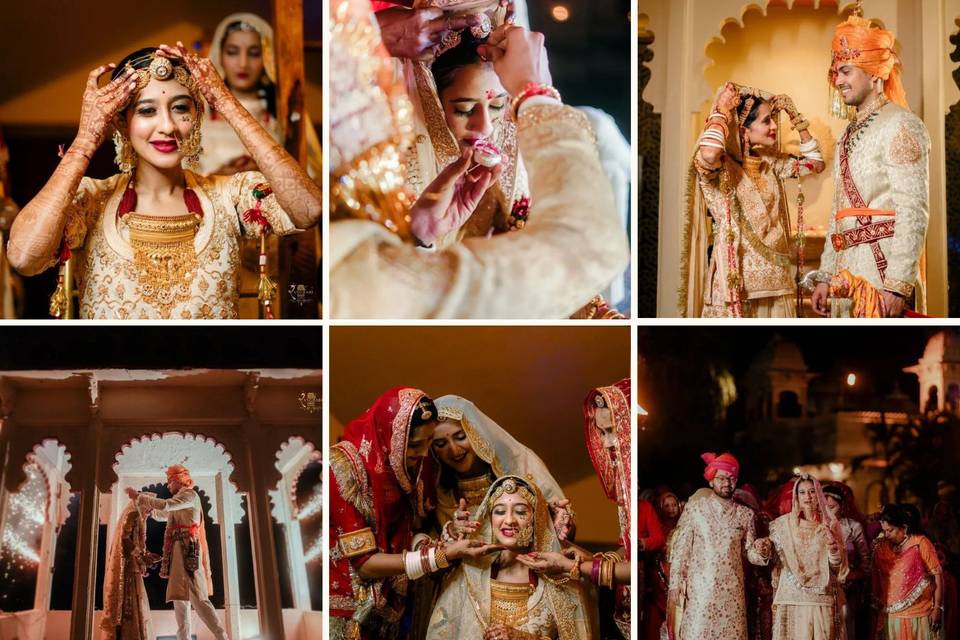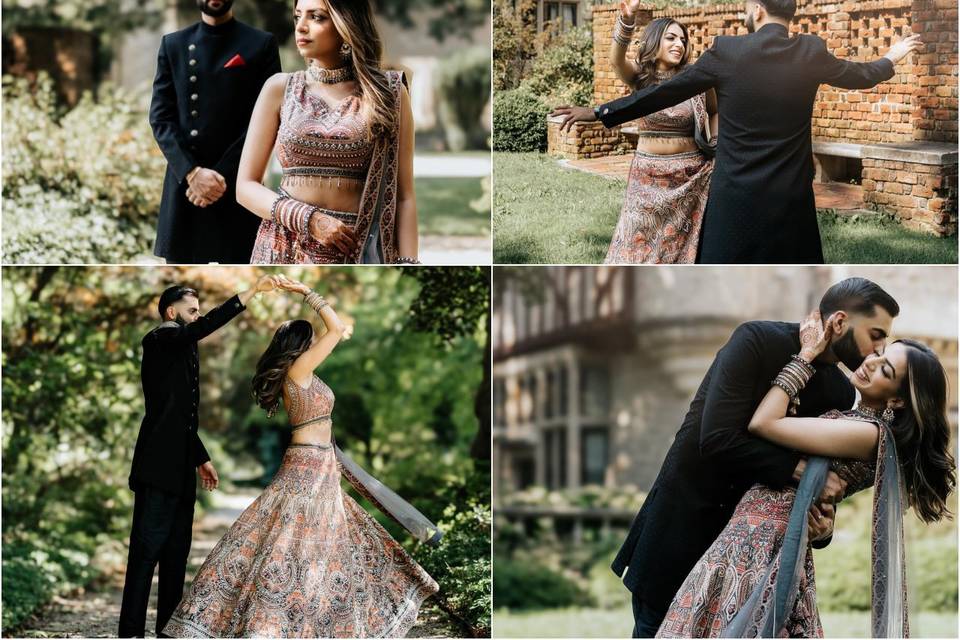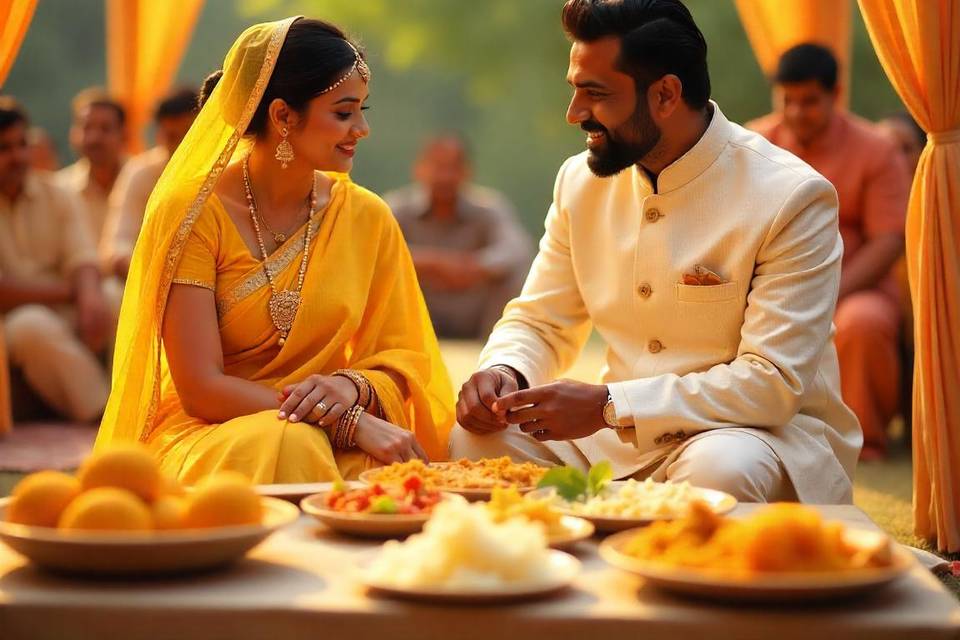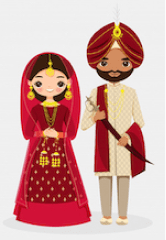8 Unique Indian Muslim Wedding Traditions That Will Steal Your Heart with Their Galore
Islamic weddings are known for numerous rituals and unique traditions. Let’s find out what makes a Muslim wedding in different regions so special.
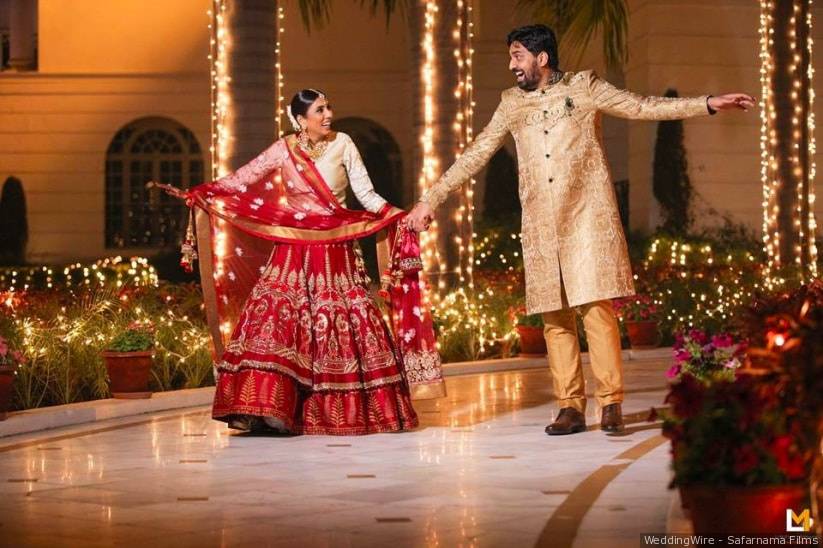

With over millions of Muslims across the country all from different cities and backgrounds, their wedding traditions and customs are obviously unique and regionally specific. In fact, from pre-wedding to post-wedding there are countless Muslim wedding rituals that are very colourful and scintillating. But irrespective of the state and culture, traditions mentioned below are common to any Islamic wedding.
Pre-Wedding Traditions
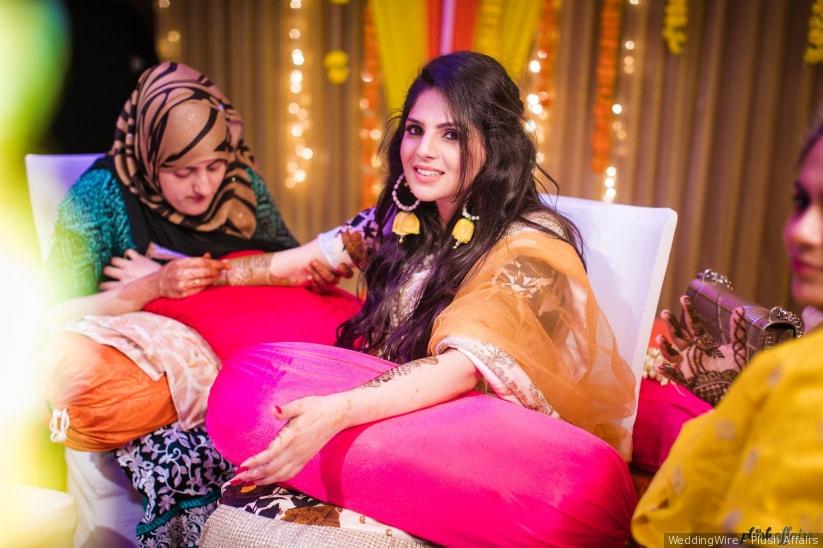
1. The Mangni
It is an engagement ceremony in which the bride and the groom exchange the rings. Following which the family of the groom presents gifts to the bride.
2. Manjha Ceremony
Similar to the haldi ceremony in Hindu weddings, during this ritual the bride wears yellow attire and is smeared with turmeric paste sent by her would be in-laws. The ceremony is followed by a lot of singing, dancing, and celebrations. Traditionally after Manjha, the bride and the groom are not supposed to step out of their respective houses until the big day.
3. Mehendi
This ceremony is done a day or two before the wedding day. The hands and feet of the bride are adorned with henna and the initials of the groom are hidden in the design. Beautiful mehndi designs are weaved on the bride's hands.
4. Sanchaq
This is the last pre-wedding ritual of a Muslim wedding. Traditionally the family of the groom sends jewellery and clothes for the bride to be worn on the wedding day. The gifts sent to the bride are known as Sanchaq.
The Wedding Day
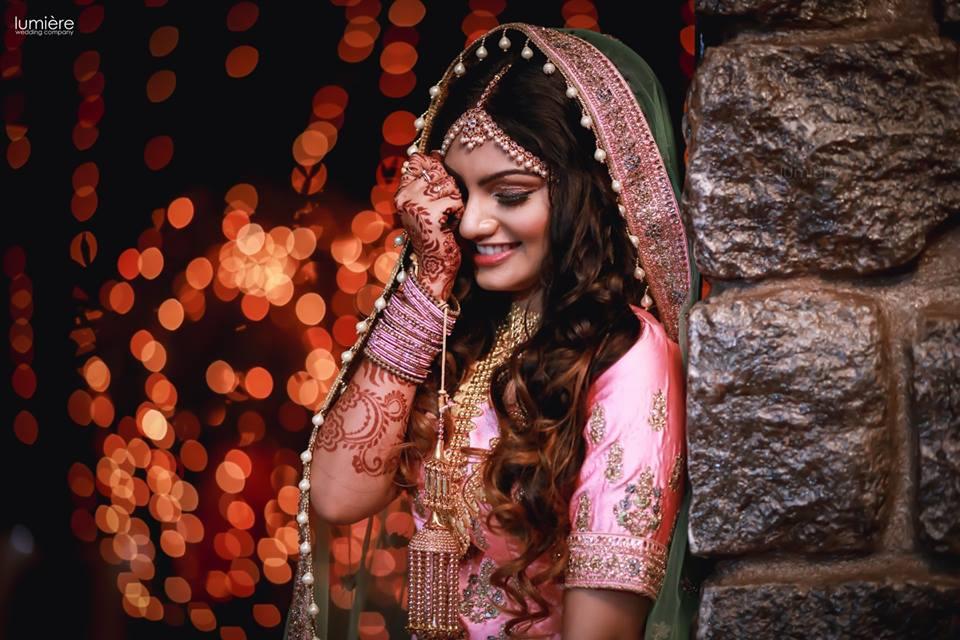
5. Nikah
This is the main wedding ceremony among Muslims throughout the country. The couple sits in the presence of a priest and some verses from the holy Quran are read. Both the bride and the groom are required to agree to the marriage and sign the binding contract.
6. Arsi Musaf
This is one of the most unique traditions of a Muslim wedding. Following the Nikaah ceremony, the bride and the groom sit next to each other with their heads covered with a veil. They are then allowed to look at each other through a mirror placed in between them.
Post-Wedding Ritual

7. Rukhsat
After the marriage ceremony is over the bride bids farewell to her family. As a part of her welcome, she is gifted the Holy Quran by her mother-in-law.
8. Walimah
It is a reception party that is hosted by the family of the groom. Friends and family gather to wish the newlyweds a prosperous life. The couple is showered with wedding gifts and blessings.
Regional Tones and Variations
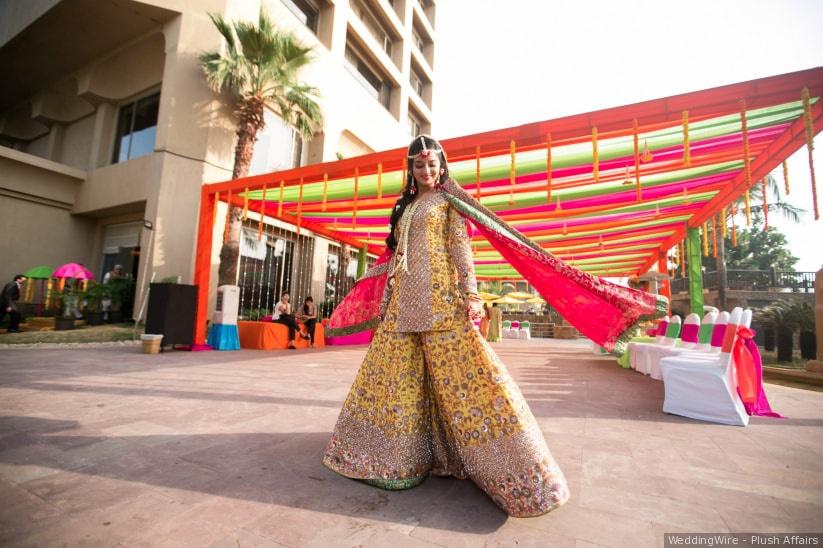
-
Hyderabadi Weddings
Apart from the famed Hyderabadi biryani which of course is the centre of attraction when it comes to Muslim weddings in Hyderabad, the difference is of the bridal dress. A Muslim bride in Hyderabad traditionally wears a khara dupatta set. It comprises of a kurta or a tunic, a churidar, and a dupatta.
-
Kerala Weddings
Popularly known as a Malabar wedding, a Muslim wedding in Kerala is not a very extravagant affair. Their ceremonies are comparatively simpler and not very loud. Their maximum expenditure is on gold jewellery for the bride. One of the most unique traditions followed in some smaller regions of Malabar is that the groom stays at the bride’s house post marriage.
-
Lucknowi Weddings
The main difference in Lucknowi weddings is again of the bridal wear. Traditionally, Muslim brides in Lucknow wear a gharara on the wedding day. It consists of a kurti, a pair of wide-legged pants pleated from the knees, and a dupatta.
-
Kashmiri Weddings
Kadal-e-taar is one of the most unique rituals of a typical Kashmiri wedding. It is a tradition for the friends of the groom to stop his vehicle during the return journey of baraat. They do not let him pass with his bride until he pays them some amount. The traditional Kashmiri bridal dress is also very unique to the region. Known as pheran, it is knee-length embroidered kurta embroidered and a close-fitting salwar.
-
Bengali Weddings
Depending on the lifestyle of the family, the outfit of a Bengali Muslim bride may differ. The brides from a more conservative family wear a jileba or a Hijabi outfit whereas modern brides usually opt for a saree or a lehenga. One old-time tradition which is usually followed by most Muslim Bengalis is that after the Nikaah ceremony the bride and the groom drink from the same glass in order to increase their love for each other.
Overall, Muslim weddings are colourful, alluring, and elegant. Although depending upon the local traditions, different themes are followed in different parts of the country, the basic ritual and customs remain the same.
What do you think about these weddings? Have you ever got a chance to attend one? Share your experience through comments.

